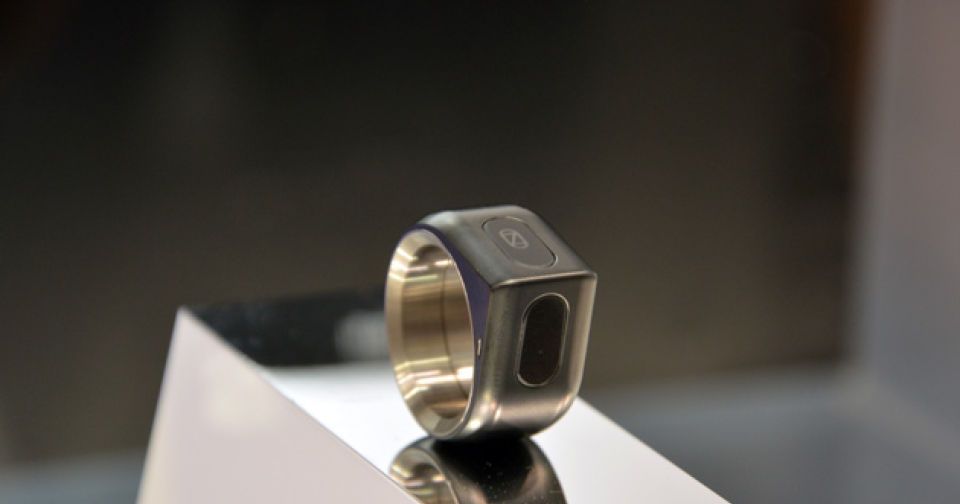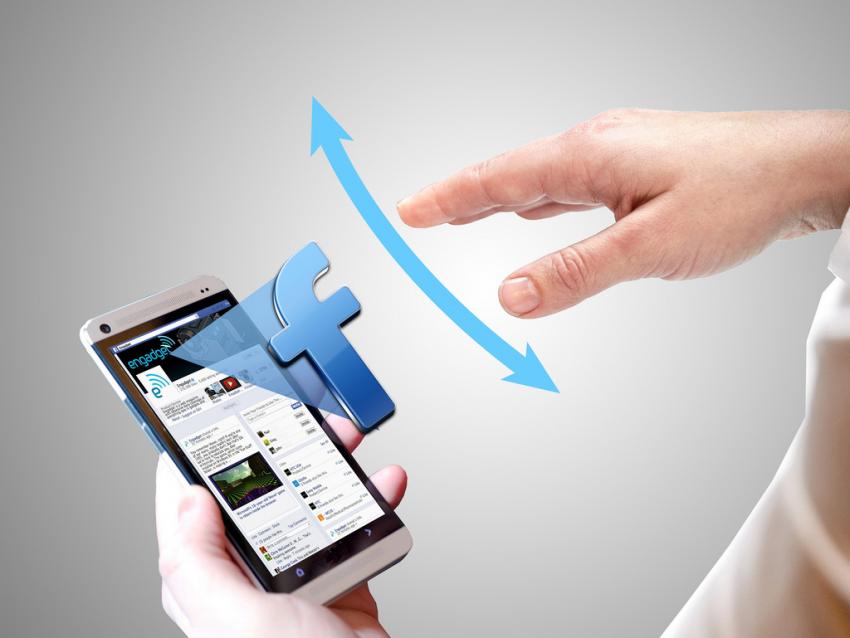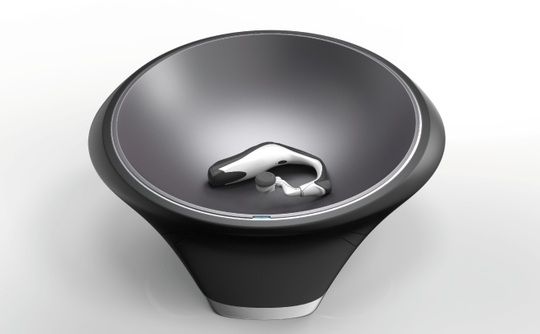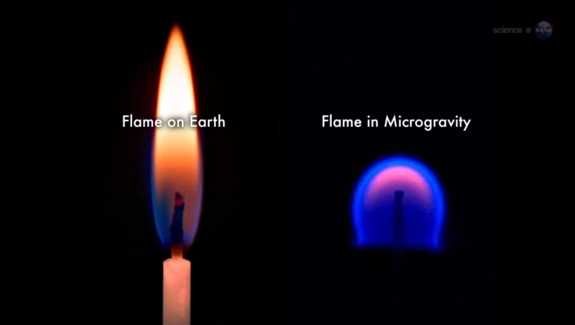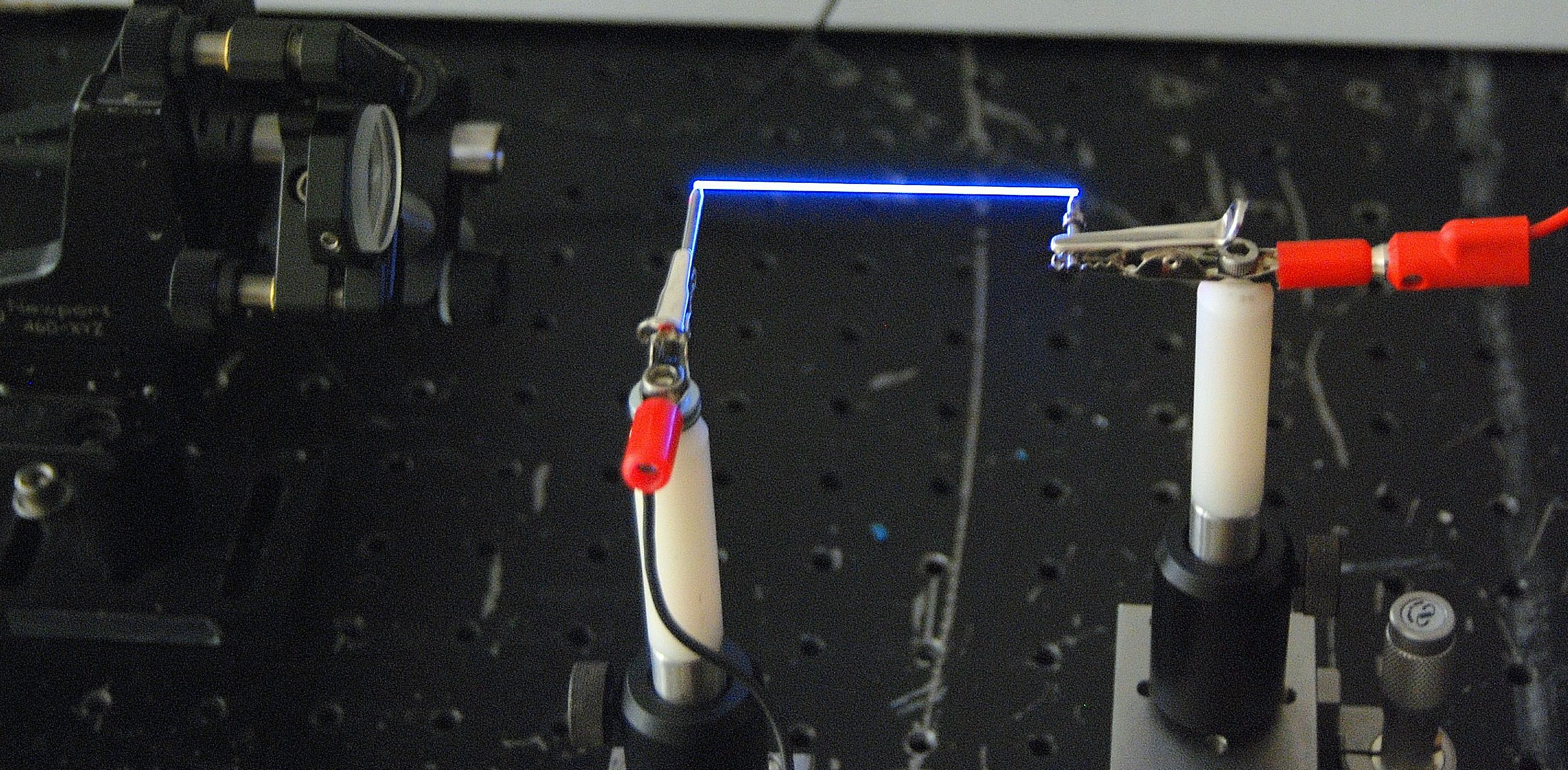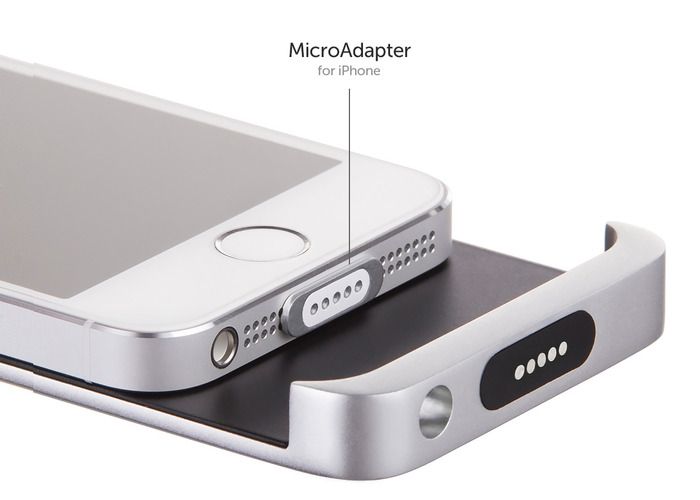Sep 23, 2015
Cambridge Physicists Find Wormhole Proof
Posted by Shailesh Prasad in categories: energy, quantum physics, space, time travel
Calculations show that if the wormhole’s throat is orders of magnitude longer then the width of its mouth, it does indeed create Casimir energy at its centre.
Cambridge Physicists Find Wormhole Proof:-Physicists at the University of Cambridge have established a theoretical groundwork for the reality of wormholes, which are pipes that join two different points in space-time. If a part of information or physical object could pass through the wormhole, it might open the door to time travel or immediate communication through huge distances. “But there’s a problem: Einstein’s wormholes are extremely unsteady, and they don’t stay open long enough for something to pass over.” In 1988, physicists reached the deduction that a type of negative energy called Casimir energy might keep wormholes open.
The hypothetical solution established at Cambridge has to do with the properties of quantum energy, which conveys that even vacuums are teaming by means of waves of energy. If you visualize two metal plates in a vacuum, some waves of energy would be excessively big enogh to fit between the plates, meaning that the space-time among the plates would have negative energy. “Under the right circumstances, could the tube-like shape of the wormhole itself generate Casimir energy? Calculations show that if the wormhole’s throat is orders of magnitude longer then the width of its mouth, it does indeed create Casimir energy at its centre.”


